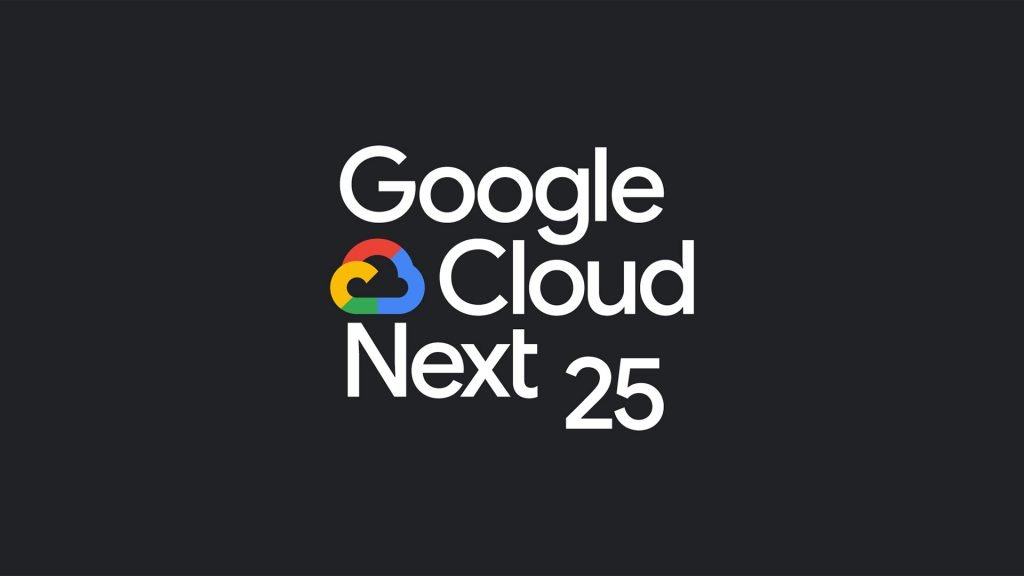The origins of cloud computing are – rather appropriately – somewhat nebulous. It can be argued that the seeds of this transformational technology were sown in the 1960s when time-sharing systems opened the door to multiple users being able to access mainframe computers all at once.
Fast-forward thirty years, and AT&T’s launch of its PersonaLink Services in 1994 – an early cloud-like platform designed for personal digital assistants – is seen by some as an important milestone. So, too, is Salesforce’s pioneering work, which later that decade started delivering enterprise applications via a simple website, allowing software firms to offer applications over the internet.
For many, though, cloud computing as we know it today really started to take shape in 2002 when Amazon launched Amazon Web Services (AWS), followed by the launch of its Elastic Compute Cloud (EC2) in 2006, which for the first time gave small companies scalable, on-demand infrastructure.
The rest, as they say, is history, with tech giants Google and Microsoft subsequently following suit with their cloud solutions. Since then, cloud technology has become fundamental to the notion of digital transformation. From Infrastructure as a Service (IaaS) to Platform as a Service (PaaS) and Software as a Service (SaaS), it offers businesses and organisations of all shapes and sizes scalable and cost-effective access to advanced technologies.
Cloud computing is the foundation for a digital world
Today, organisations no longer have to install, maintain and own infrastructure. Instead, access to the cloud has allowed them to eliminate many of these costly overheads, enabling them to modernise and streamline their IT operations.
Arguably, one of the biggest catalysts of change came during the pandemic, when businesses, schools, and governments had to move online almost overnight. With millions of people working remotely and shopping online, cloud services had to scale up fast to handle the surge in demand.
Tools like Zoom and Microsoft Teams became essential for staying connected, while online retailers relied on cloud systems to keep up with orders as the high street became no-go areas. But while the pandemic proved the effectiveness of cloud computing, the events of the last couple of years have not all been plain sailing.
The IT landscape is becoming increasingly complex
The rise in cloud computing has coincided with the increased complexity of an IT landscape that is increasingly distributed and difficult to manage. As a result, more and more businesses are being forced to come to terms with a complex network of disparate databases, tools, networks, and applications that present new challenges. And that increased complexity requires new ways of monitoring and troubleshooting.
Perhaps it explains why many have turned to cloud-native software solutions, which offer advanced analytics, self-governing workflows and full-stack observability solutions. What’s more, interest in these solutions is being fueled by rapid progress in areas such as artificial intelligence (AI) and machine learning (ML), which have made these cloud-native solutions even more essential in streamlining processes and navigating complex digital landscapes.
The cloud has also become a popular option for supporting software development because of its ability to allow teams to efficiently create, test and deploy applications. Thanks to this approach, the result is a faster development process that doesn’t rely on expensive hardware—something that has proved particularly important for those organisations that use agile or DevOps approaches.
But as with most things in IT, nothing stands still for long. While it’s true that over the past decade, cloud computing has delivered flexibility, scalability and cost efficiency, there are some changes afoot. A surprising trend is emerging with more and more organisations reconsidering their cloud-first strategies and looking to repatriate some of their infrastructure to on-prem.
Market forces prompting a rethink
This shift is largely driven by the rising costs of cloud services fuelled by data egress fees and unpredictable pricing models, along with the surge of interest in AI, which requires more computing power.
As a result, enterprises are now exploring hybrid models — leveraging cloud services where necessary while maintaining critical workloads on-premises to reduce costs and gain more control over their infrastructure. This return to on-premises is not about rejecting the cloud but optimising IT investments for long-term sustainability.
For many IT leaders, the future of cloud technology is moving towards an even more hyper-connected ecosystem where data is stored across multiple locations or servers — further breaking down traditional silos of enterprise systems — rather than in a single place.
Despite the current market changes, it’s clear that cloud computing has come a long way from its early foundations in time-sharing systems to becoming the backbone of modern digital transformation. As organisations continue to refine their cloud strategies, balancing scalability, cost and complexity, the technology itself is evolving.
The future will be shaped by deeper integration with AI, machine learning, and automation, enabling businesses to unlock new efficiencies and insights. While challenges such as cost management and system complexity remain, the cloud’s ability to drive innovation, streamline operations and support agile development ensures it will remain a critical pillar of the digital economy for years to come.
Want to learn more about cybersecurity and the cloud from industry leaders? Check out Cyber Security & Cloud Expo taking place in Amsterdam, California, and London.
Explore other upcoming enterprise technology events and webinars powered by TechForge here.







